Archive
null
KubaParis
review-kozlowskas-borderline-by-denisa-tomkova
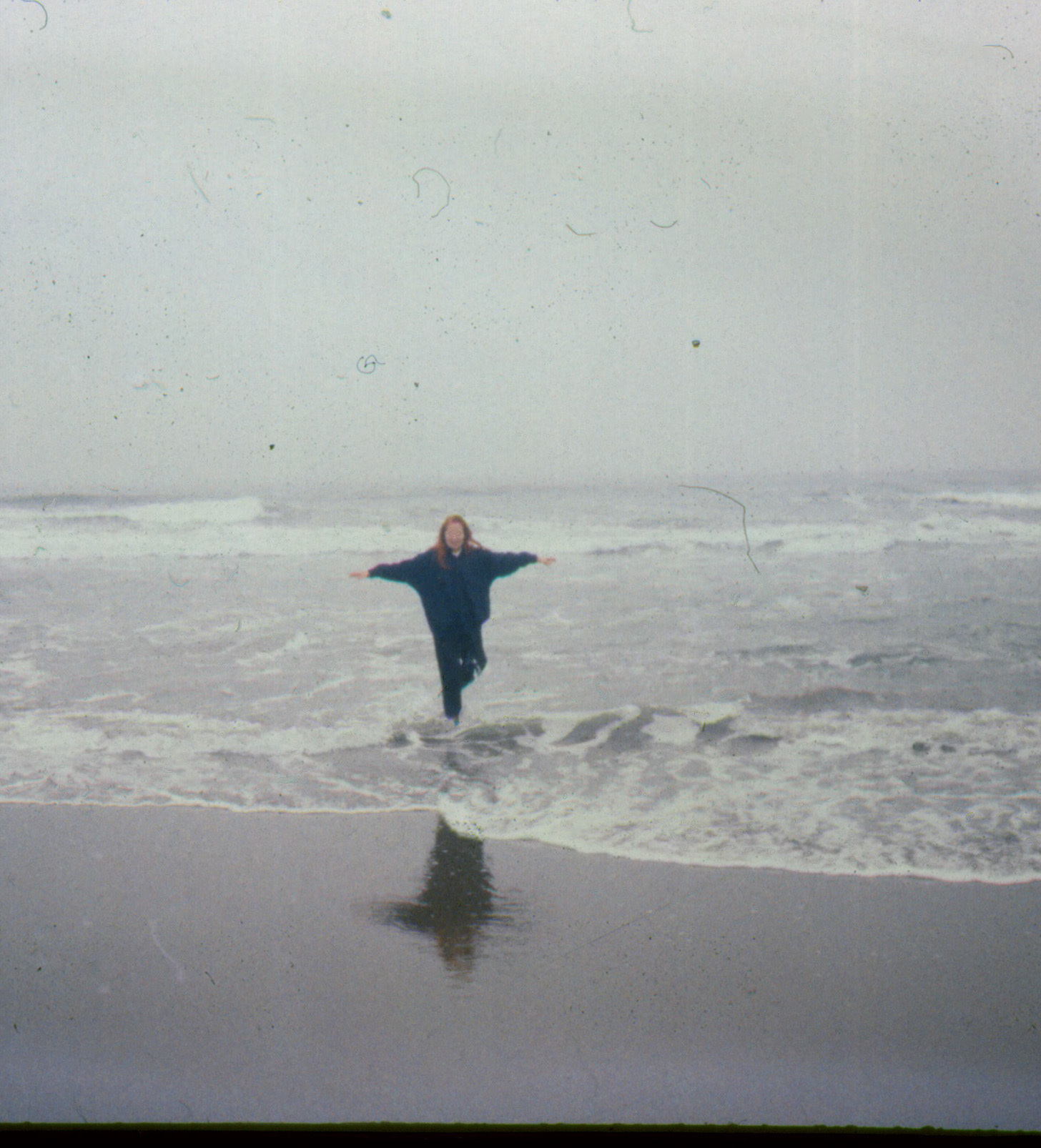
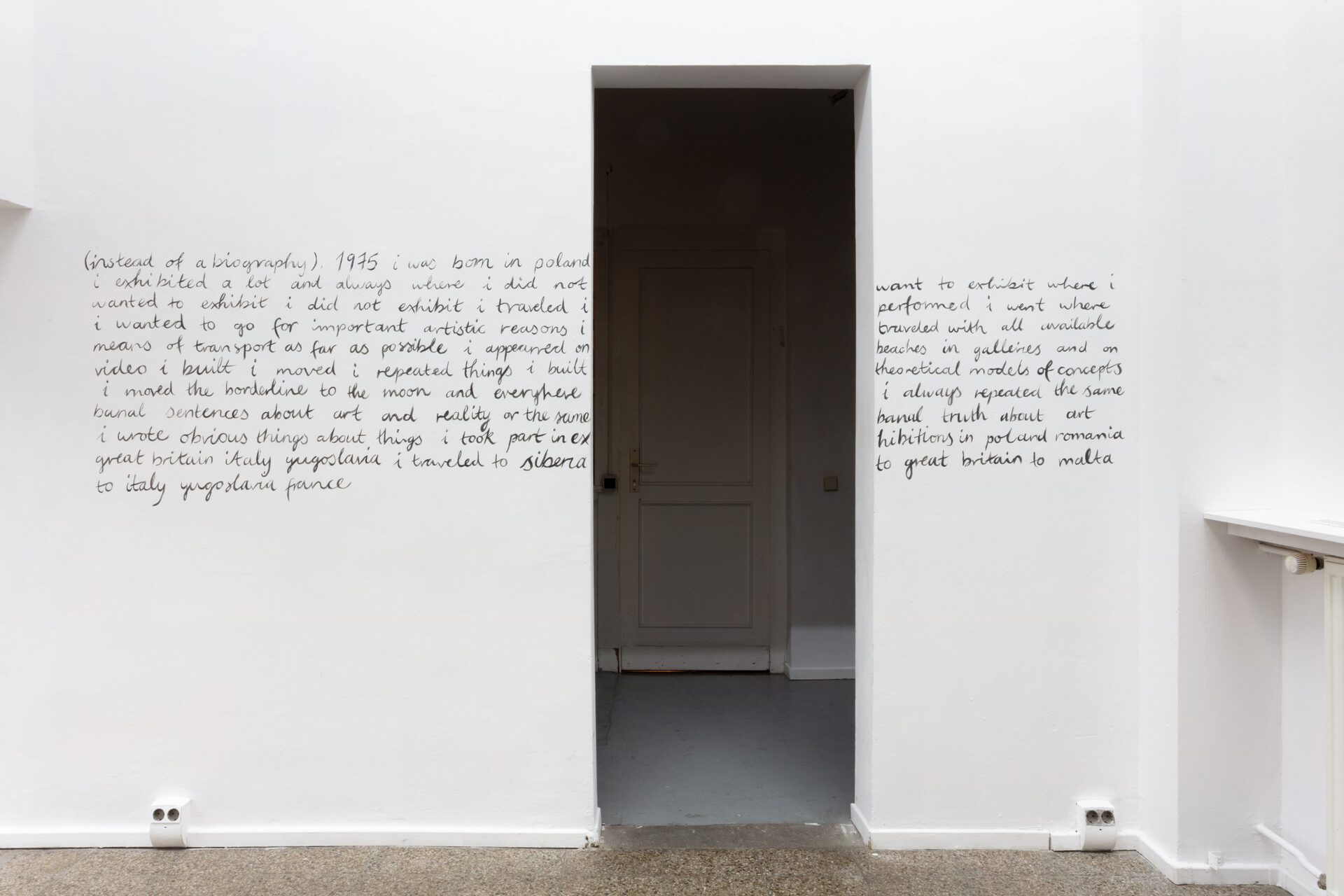
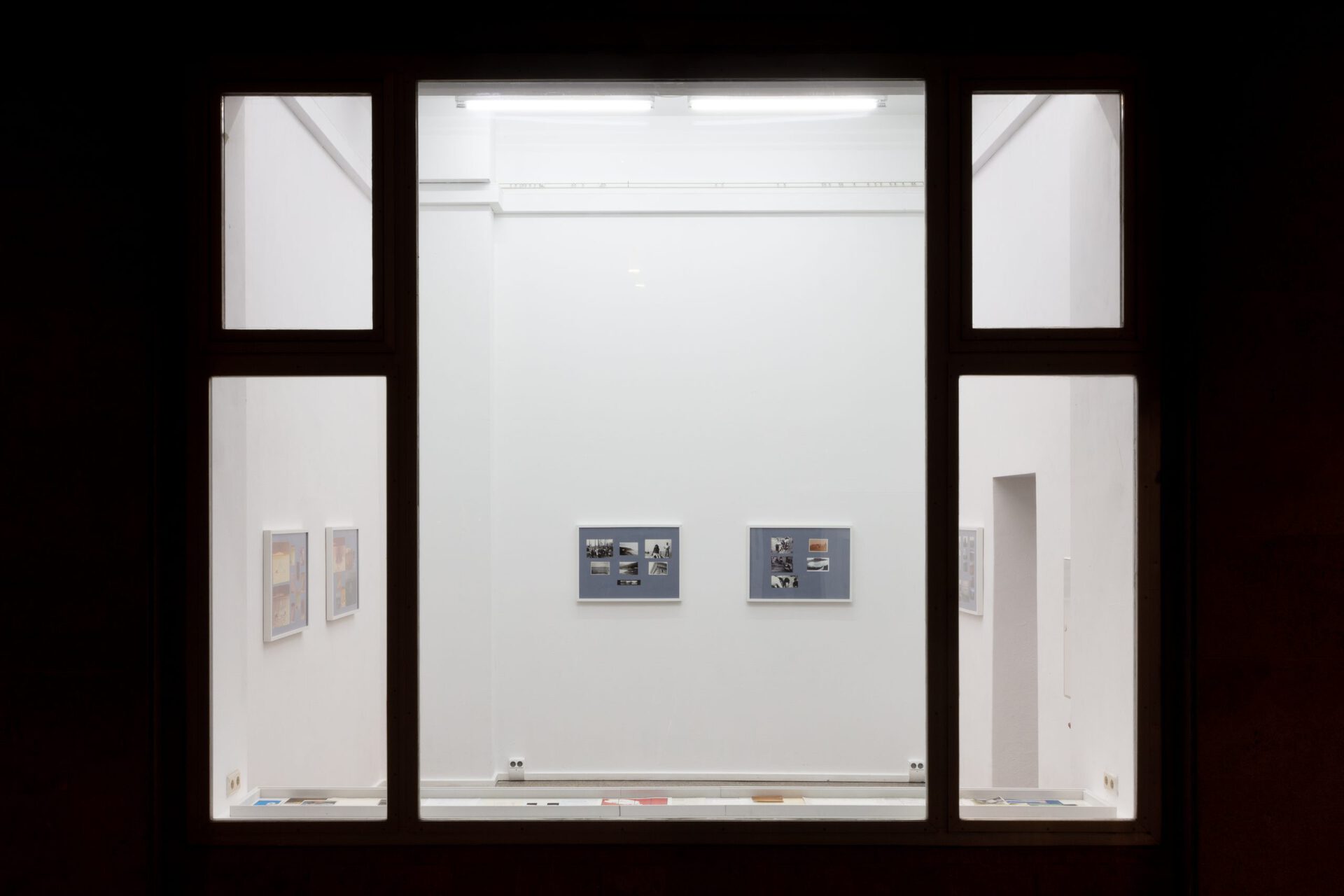
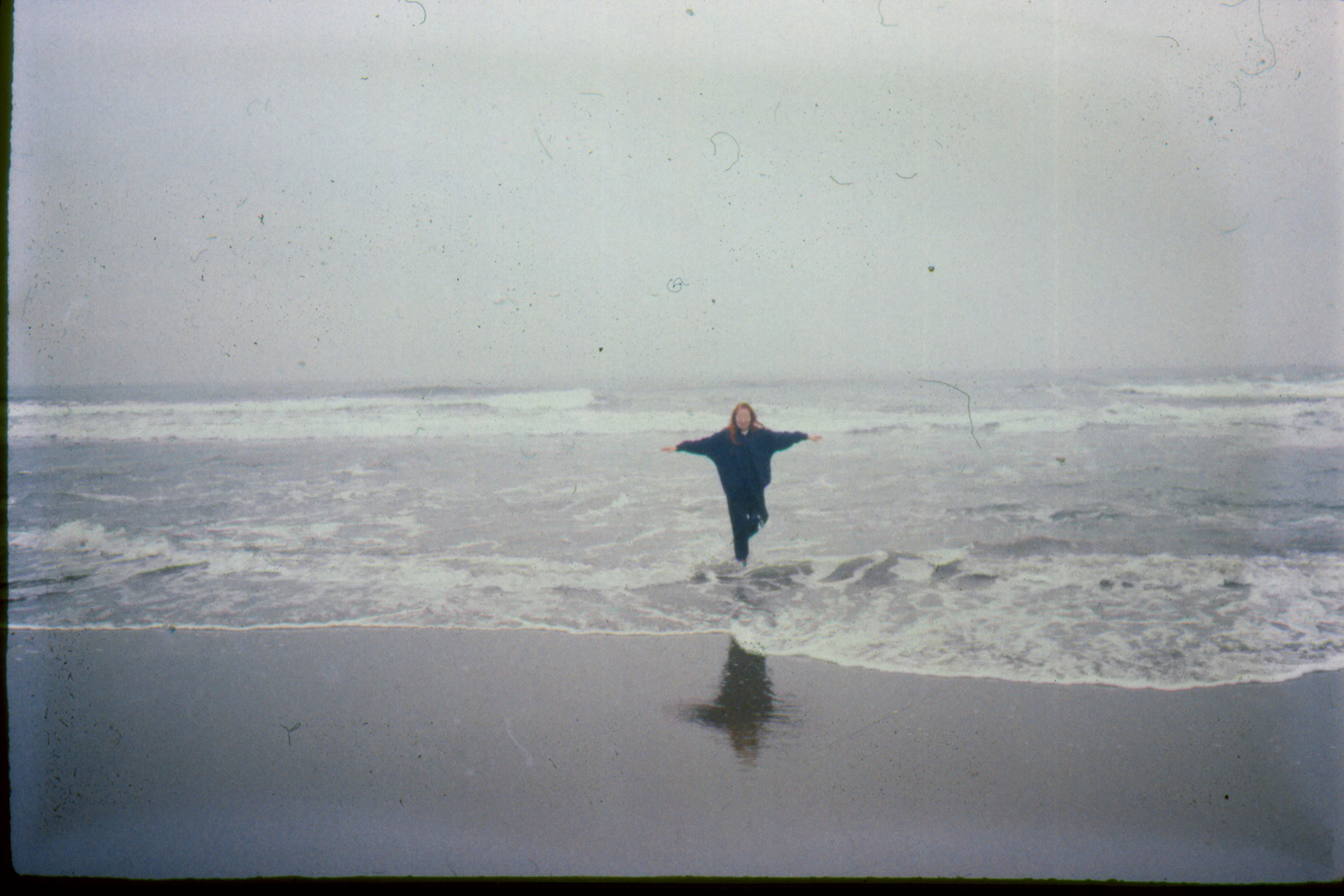

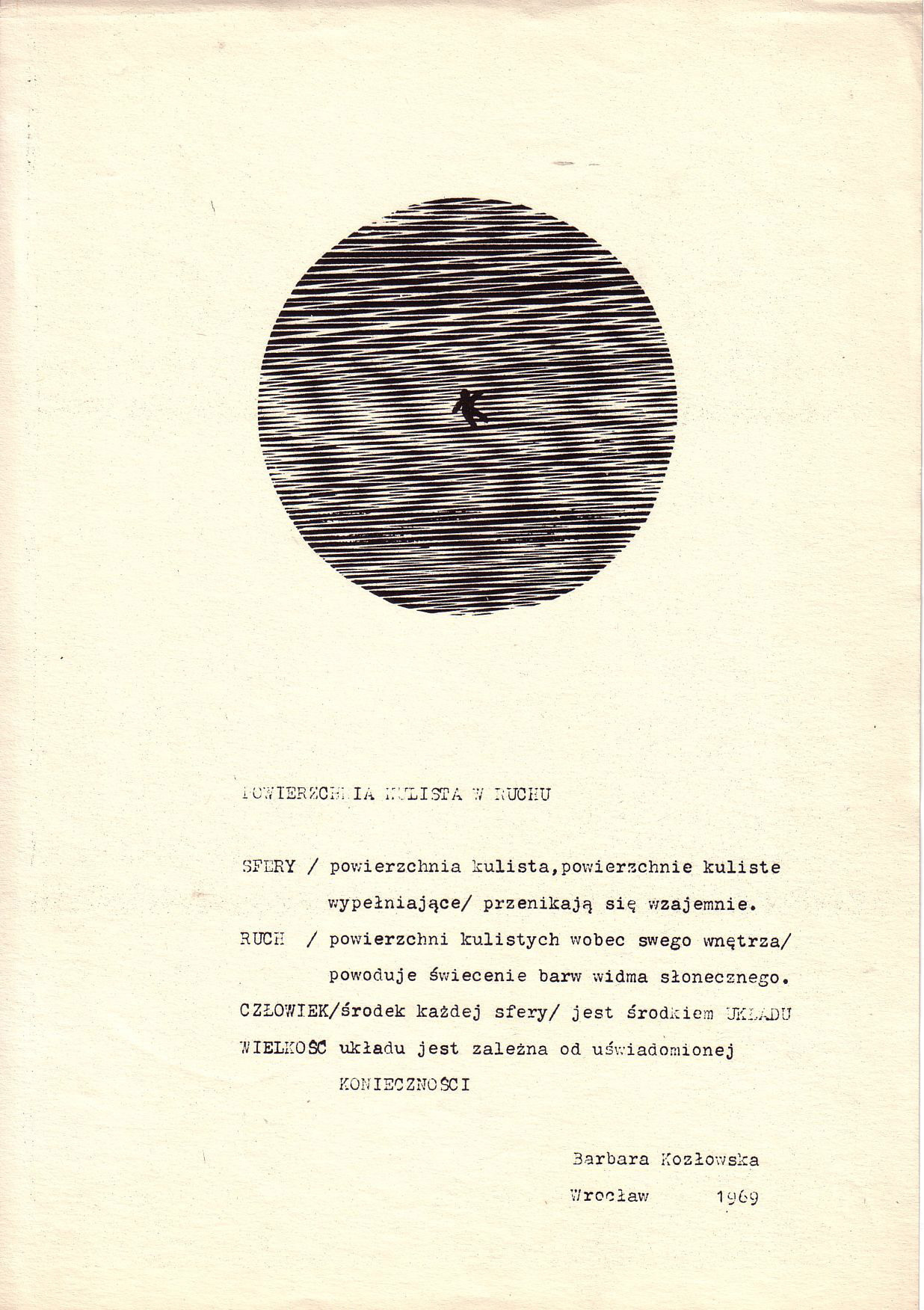
Subheadline
Review: Kozlowska’s Borderline. By Denisa TomkovaText
In the late 1970s, during the period of the Cold War, Czechoslovakia came up with a somewhat utopian proposal to create a 410km railway tunnel under the Alps, linking the Czech Republic with the Yugoslav coast. The Czechoslovak, Austrian, Italian and Yugoslavian governments even met to discuss this provisional plan. In her mockumentary Return to Adriaport, (2014), Czech artist Adéla Babanová depicts this proposal for connecting Czechoslovakia with the Adriatic coast. Not dissimilarly to this utopian vision of overcoming the national borders, Polish artist Barbara Kozłowska imagined a line from east to west across the globe suggesting that the line could continue to the moon along this axis in her project Borderline (1967-1990).
Kozłowska, a member of a group of conceptual artists and concrete poets in Wrocław, worked continuously between 1967 and 1990 on her conceptual project Borderline. The project consists of 9 manifestations depicted through photographs, notes, maps and postcards. At the current exhibition in the Berlin gallery June, curated by Camila McHugh, visitors can see Kozłowska’s project documentation from three places: Lake Baikal in Siberia in 1967; Edinburgh in Scotland from 1973; and from the coast of Malta in 1975. Next to Kozłowska’s documentation, visitors can also see a video work entitled The Line by Agnieszka Lasota, who continued with the unrealized marking of Kozłowska’s line in India in 2017.
During the Cold War period, when travelling to the West was restricted, Kozłowska travelled to Edinburgh thanks to aninvitation from Richard Demarco, whose Traverse Gallery organised a series of 'blockbuster' Edinburgh International Festival exhibitions in the 1970s, presenting among many others, artists such as: Joseph Beuys, Gerhard Ritcher, and many contemporary artists from Romania, Poland, Yugoslavia, and Austria. In 1972 Kozłowska was invited to Edinburgh, when Demarco organised the exhibition of ‘43 Polish artists’ where Kozłowska’s work was exhibited alongside works by Magdalena Abakanowicz, Tadeusz Kantor, Natalia Lach-Lachowicz (Natalia LL), Makarewicz, Nowesielski, and Roman Opałka. Demarco’s influence on mediating and connecting artists through the Edinburgh festival activities was also argued for by Klara Kemp-Welch in her recent book Networking the Bloc: Experimental Art in Eastern Europe, 1965–1981. Not only in the 1970s, but even today, researchers and artists working on Eastern European art tend to make the trip to Demarco’s Archive in Edinburgh, as I did during my PhD studies in Scotland.
During Kozłowska’s stay in Edinburgh in 1973, she created her Sea Action and Five Coloured Cones, consisting of five coloured cones created during low tide at the beach, documented in photographs. However, Kozłowska’s work is not merely centred on the objects she created, but rather on her conceptual outlook that expresses her desire for freedom linked with the movement and pursuit of a journey. Borderline like other neo-avant-garde art projects created during the socialist period of the former Eastern bloc, had a strong utopian vision. These neo-avant-garde artists managed to seemingly erase the distinction between art and life. Additionally, Kozłowska’s use of ready-made natural materials (pigments) and her awareness of human-nature planetary relations, suggests the genealogies of ecological art practice in the region, similar to the Slovenian OHO group.
Especially in the current condition of the global pandemic, where one finds it difficult to imagine global movement across borders without restrictions, Kozłowska’s work opens two important propositions: firstly, the potential to imagine some other realities and utopian visions in relation to the planetary thinking; and secondly, it invites us to consider the ecological crisis we are facing today. Despite the spatial limitations of June’s gallery, a visitor can experience a very complex conceptual story of Kozłowska’s imagined line across the globe and her environmental vision for art. The exhibition is on view until May 2, 2021. In addition to the exhibition, on April 20, at 6pm CET, the gallery will host an online discussion with the Berlin-based art historians Karolina Majewska-Güde and Constance Krüger who will discuss Barbara Kozłowska’s Borderline and Feminist Art in 1970s Poland. (Zoom Webinar, RSVP june-borderline.eventbrite.com)
Denisa Tomkova is a Slovak-born, Berlin-based and UK and US-educated art historian and curator. She gained her PhD from the University of Aberdeen in the UK. Between 2015-2018, she was a member of the international research project ‘Comparing WE’s. Cosmopolitanism. Emancipation. Postcoloniality’ based at the University of Lisbon. She taught the Introduction to Visual Culture class and was a guest lecturer in the Performance Art Class at the University of Aberdeen. She was a Research Fellow for the European Roma Institute for Arts and Culture (ERIAC) in Berlin. In April 2020, she curated an online group exhibition Performing the Museum at ERIAC which questioned the absence of Roma representation in arts and culture spaces. She contributed to journals such as Third Text, Yishu: Journal of Contemporary Chinese Art, ARTMargins Online, L’Internationale Online, Camera Austria, Profil – súčasného výtvarného umenia, H- SHERA, Berlin Art Link and Magis Iteso. Recently, she has been working as a curator for the Secondary Archive project - an online platform devoted to the work of female artists from Central and Eastern Europe.
https://www.denisatomkova.com/
Denisa Tomkova